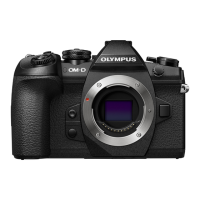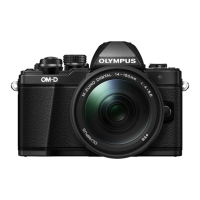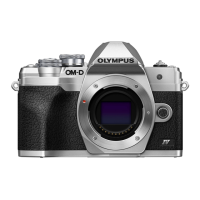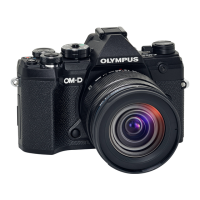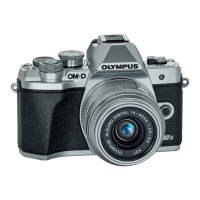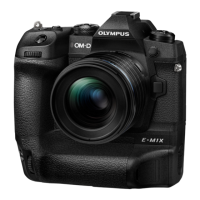183
EN
SAFETY PRECAUTIONS
9
• Insert the battery carefully as described in the
operating instructions.
• Before loading, always inspect the battery
carefully for leaks, discoloration, warping, or
any other abnormality.
• Always unload the battery from the camera
before storing the camera for a long period.
• When storing the battery for a long period,
select a cool location for storage.
• Power consumption by the camera varies
depending on which functions are used.
• During the conditions described below, power
is consumed continuously and the battery
becomes exhausted quickly.
• The zoom is used repeatedly.
• The shutter button is pressed halfway
repeatedly in shooting mode, activating
the auto focus.
• A picture is displayed on the monitor for
an extended period of time.
• The camera is connected to a printer.
• Using an exhausted battery may cause the
camera to turn off without displaying the
battery level warning.
• If the battery’s terminals get wet or greasy,
camera contact failure may result. Wipe the
battery well with a dry cloth before use.
• Always charge a battery when using it for
the fi rst time, or if it has not been used for a
long period.
• When operating the camera with battery
power at low temperatures, try to keep
the camera and spare battery as warm as
possible. A battery that has run down at
low temperatures may be restored after it is
warmed at room temperature.
• Before going on a long trip, and especially
before traveling abroad, purchase extra
batteries. A recommended battery may be
diffi cult to obtain while traveling.
Using the wireless LAN function
• Turn off the camera in hospitals and other
locations where medical equipment is
present.
The radio waves from the camera may
adversely affect medical equipment, causing
a malfunction that results in an accident.
• Turn off the camera when onboard
aircraft.
Using wireless devices onboard may hinder
safe operation of the aircraft.
Monitor
• Do not push the monitor forcibly; otherwise
the image may become vague, resulting in
a playback mode failure or damage to the
monitor.
• A strip of light may appear on the top/bottom
of the monitor, but this is not a malfunction.
• When a subject is viewed diagonally in the
camera, the edges may appear zigzagged on
the monitor. This is not a malfunction; it will
be less noticeable in playback mode.
• In places subject to low temperatures, the
monitor may take a long time to turn on or its
color may change temporarily.
When using the camera in extremely cold
places, it is a good idea to occasionally place
it in a warm place. The monitor exhibiting
poor performance due to low temperatures
will recover in normal temperatures.
• The monitor of this product is manufactured
with high-quality accuracy, however, there
may be a stuck or dead pixel on the monitor.
These pixels do not have any infl uence
on the image to be saved. Because of the
characteristics, the unevenness of the color
or brightness may also be found depending
on the angle, but this is due to the structure
of the monitor. This is not a malfunction.
Legal and Other Notices
• Olympus makes no representations or
warranties regarding any damages, or
benefi t expected by using this unit lawfully,
or any request from a third person, which
are caused by the inappropriate use of this
product.
• Olympus makes no representations or
warranties regarding any damages or any
benefi t expected by using this unit lawfully
which are caused by erasing picture data.
Disclaimer of Warranty
• Olympus makes no representations or
warranties, either expressed or implied, by
or concerning any content of these written
materials or software, and in no event
shall be liable for any implied warranty of
merchantability or fi tness for any particular
purpose or for any consequential, incidental
or indirect damages (including but not limited
to damages for loss of business profi ts,
business interruption and loss of business
information) arising from the use or inability
to use these written materials or software
or equipment. Some countries do not allow
the exclusion or limitation of liability for
consequential or incidental damages or of
the implied warranty, so the above limitations
may not apply to you.
• Olympus reserves all rights to this manual.
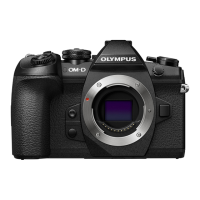
